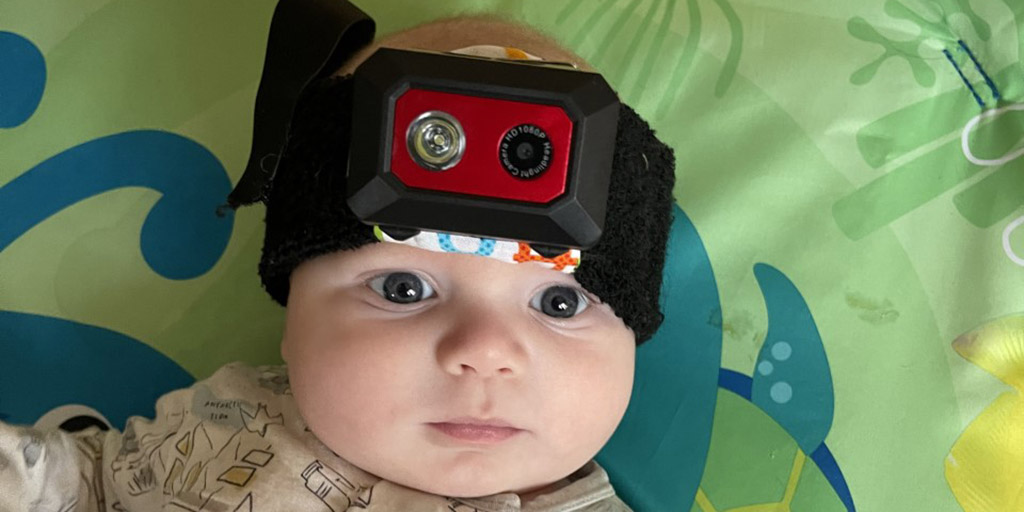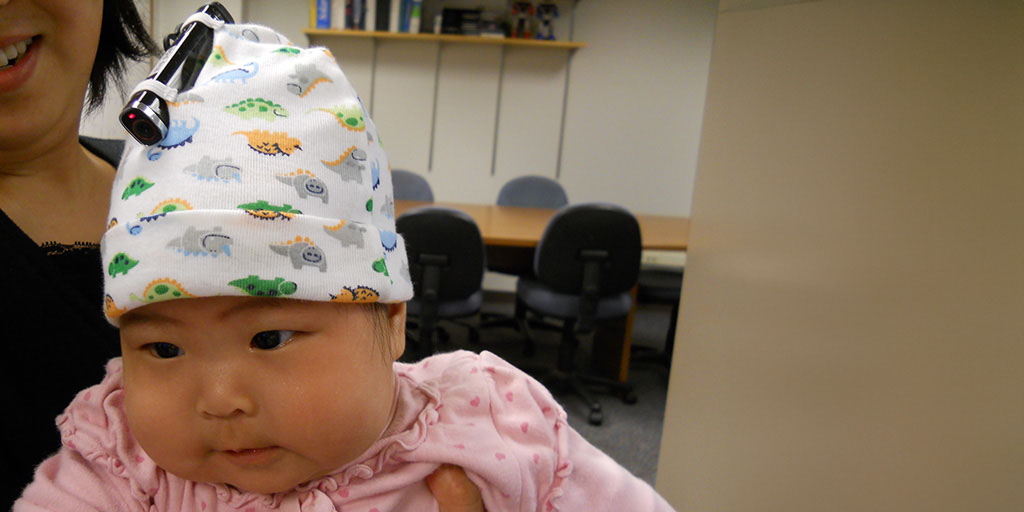What do infants see? What do they look at? The answers to these questions are very different for the youngest babies than they are for older infants, children and adults. Characterized by a few high-contrast edges in simple patterns, what the youngest infants see contains the very materials needed to build a strong foundation for human vision.
That is the finding of a new study, “An edge-simplicity bias in the visual input to young infants,” published on May 10 in Science Advances by IU researchers Erin Anderson, Rowan Candy, Jason Gold and Linda Smith.
“The starting assumption for everybody who thinks about the role of experience in visual development has always been that at the scale of everyday experience, visual input is pretty much the same for everyone,” explains principal investigator Linda Smith, a professor in the Department of Psychological and Brain Sciences. “Yet, this study says, no, visual input changes with development. It’s not the same for everybody. The daily life input for very young infants appears to be unique to that age.”
Prior studies in the laboratory and clinic have shown that young infants prefer to look at simple, high-contrast scenes, big black stripes and checkerboards, for example. The current study is the first to ask to what extent these preferences make up their daily-life input.





 The College of Arts
The College of Arts